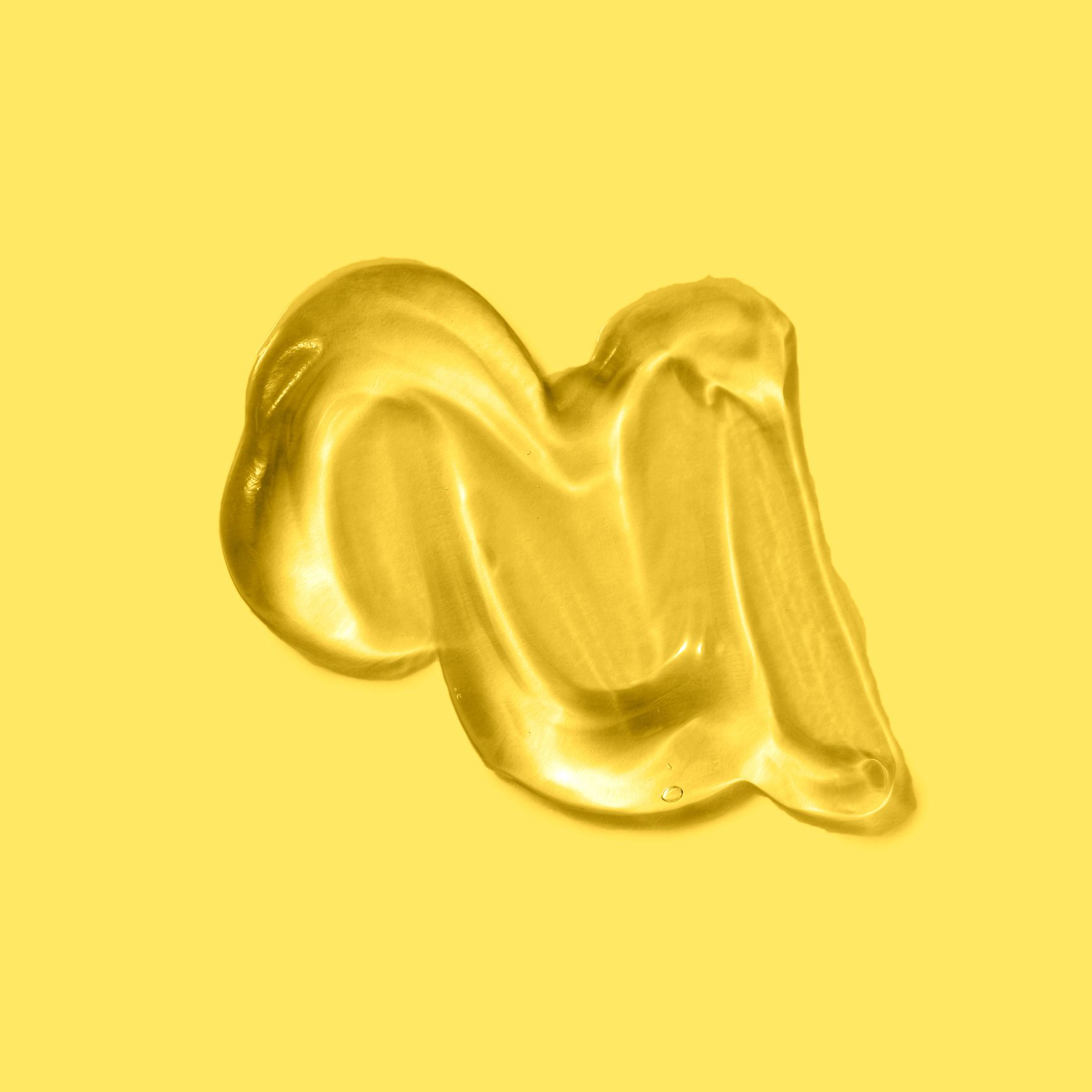Ask a Derm: Is My Skin Purging or Just Breaking Out?
The term “skin purging” may conjure up images of gunk and grime being extracted from your pores, as seen on any number of the videos that feature massive blackheads being pushed from pores, or pus-filled pimples being popped out of the skin.
The real deal when it comes to skin purging, however, is that it’s not nearly that gruesome (or to be feared). Rather, a skin purge simply refers to the reaction some skin has to certain products, namely retinols and acids. These specific ingredients are known as chemical exfoliants, and because they slough off that top layer of dead skin cells, new ones regenerate sooner than they would on their own, which can bring blockages to the surface and cause irritation and breakouts.
KEY INGREDIENTS
Retinol is a type of retinoid, which is a derivative of vitamin A. It is an antioxidant used in anti-aging skin care products.
The good news about purging is that it’s temporary, the side effects are shorter than your standard breakout, and it’s ultimately a sign that the products you just introduced to your face are working. Ahead, we spoke with three dermatologists about how to identify skin purging, how skin purging is different than a breakout, and how to treat it.
What Is Skin Purging?
Skin purging refers to your skin’s reaction to a specific active ingredient that triggers cell turnover, “[Causing] your skin to exfoliate and bring congestion to the surface,” says board-certified dermatologist Dr. Sapna Palep. Skin purging most commonly occurs in reaction to chemical exfoliants and retinoids.
What Causes Skin Purging?
Because a purge tends to signal a speed up in the skin exfoliation process, often, you’ll notice what may be minor acne symptoms. The ingredients that lead to skin purging promote skin cell renewal by exfoliating. Generally, it’s said that the skin renews itself approximately every 28 days, but a retinoid or acid will speed up that process, which can result in breakouts. “A skin purge is the process of the skin cleaning out its pipes,” explains board-certified dermatologist, Sapna Palep, MD, of Spring Street Dermatology in New York City. “Products or ingredients that increase your cell turnover, cause your skin to exfoliate, and bring congestion to the surface are known to cause purging.”
Can You Prevent Purging?
Say you have a new product you feel may improve your skin, but you don’t really want to deal with the skin purge aftermath that comes with it. Is there anything that can be done to prevent a purge? Unfortunately, not really. But dermatologists recommend slowly introducing a new product into your routine to give your skin some time to adjust. For a new retinol, for example, try using the product once in the first week, twice in the second week, three times in the third week, and so on until you’re using the product every day or every other day (depending on how sensitive your skin is).
And before you choose a new product, always take a good look at the ingredients and compare notes with other products that haven’t worked so well for you in the past—your complexion just might not be compatible with a certain chemical or component. “There are a few active ingredients that can be an issue for some people, like chemical sunscreens, benzoyl peroxide, salicylic acid, that will always be a problem for them, no matter the formulation,” says Elizabeth Tanzi, MD, founder of Capital Laser & Skin Care and associate clinical professor of dermatology at George Washington University. “Otherwise, trial and error.”
Common Forms of Acne During a Skin Purge
When your skin purges while you introduce a new product to your routine, you’ll almost always notice the breakouts that come with it. It may seem like the product is “making” your skin break out, but because the ingredients that lead to purging simply exfoliate skin—in turn leading to the production of new cells—what often happens is that acne symptoms that were already forming under the surface simply pop up sooner than they would have. Basically, the pimple was already there, it just sometimes takes weeks before you see it on your complexion. A purge speeds that process up, and often results in various types of acne, which all fall under the umbrella of “inflammatory acne:”
- Pustules
- Whiteheads
- Blackheads
- Cysts
Inflammatory acne is a type of acne covers a wide range of acne types, as most acne symptoms, like pimples, appear as the result of an inflammatory response from the body. When excess oil, called sebum, mixes with debris, like dead skin cells, inside of a pore, they sometimes create bacteria known as P. acnes. When your body detects this bacteria, it sends white blood cells into the area to attack the foreign substance, like it would if you had a cold, or a scrape on your skin. This is called inflammation, and this is why pimples look the way they sometimes do—red, swollen, and pus-filled.
When certain ingredients, like retinol, work on your skin, they don’t actually cause bacteria to be pushed out of your pores, but rather turn over your skin cells by exfoliating, which can irritate already inflamed skin. “A purge is not necessarily extracting bacteria, just simply removing the inflammation that is causing your acne so that you skin can start to clear itself,” says board-certified dermatologist, Sapna Palep, MD, of Spring Street Dermatology in New York City. “The topicals that routinely cause your skin to purge are vitamin A as well as alpha and beta hydroxy acids.”
How to Tell the Difference Between Skin Purging vs. a Breakout
When you add a new skincare product to your routine, it’s important to also keep in mind that not all reactions are technically a skin purge. Sometimes, the product you’re using may be irritating your skin for a different reason, like clogging your pores, which can lead to acne, or triggering an allergic reaction, which may result in irritation.
A breakout on your skin after introducing a new product may not be the sign of a purge, but could be a standard breakout, and there are a couple of things you can keep in mind to help you spot the difference.
- Duration: The first sign to look out for is the duration of the breakout. “The life cycle of the acne (that occurs during a purge) is faster than a regular breakout. It will heal much quicker than in a typical breakout,” says Dr. Palep. “If you start a new product that is known for purging, but the breakouts are lasting longer than 4-6 weeks, then it may signal the product is not working for you or actually making things worse.”
- Location: Purges also tend to trigger breakouts in the spots you normally see acne symptoms, so if you’re irritated in new areas, it’s probably not purging.
- Active Ingredients: Another thing to keep in mind when navigating whether your skin is purging or breaking out is the active ingredients in the product you’re applying to your skin. Skin purges typically result from chemicals that exfoliate your skin, like retinols, alpha and beta hydroxy acids, and acne-fighting ingredients like salicylic acid and benzoyl peroxide.So, if your skin is breaking out after using something like a hydrating oil, sunscreen, or something that can clog pores, like a comedogenic makeup formula, you likely have a traditional breakout on your hands rather than a purge.
How to Treat a Skin Purge vs. a Breakout
When it comes to treating your skin during a purge, the best thing that you can do is actually the least satisfying answer anyone really wants to hear—you just have to wait it out. “Depending on how congested your skin is, a purge can last from two to three weeks,” Dr. Linkner states.
In the meantime, treat your skin the same way you would a regular breakout: keep your skin hydrated, resist the urge to pick or pop any inflammation, and because most purge-causing ingredients lead to skin sensitivity in the sun, limit exposure and wear protection when you’re outside. “Remember, purging is a good sign that your skincare is effective and doing the right thing. So be patient and within a month, you’ll start to be acne-free,” Dr. Linkner adds.
And if you did break out, and it’s not of the adjustment-period variety? Stop using the product immediately, and rely on very basic products for a few days.









